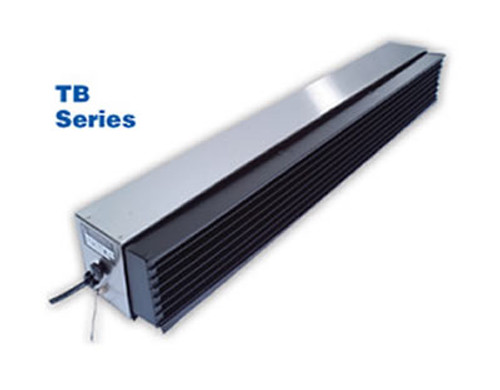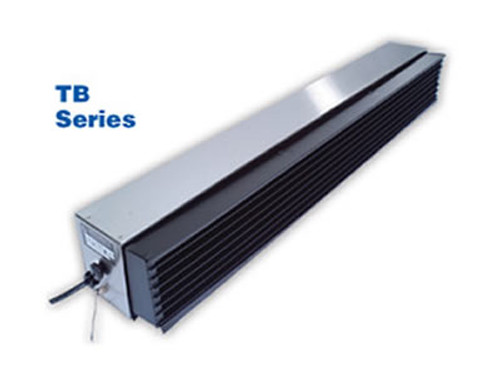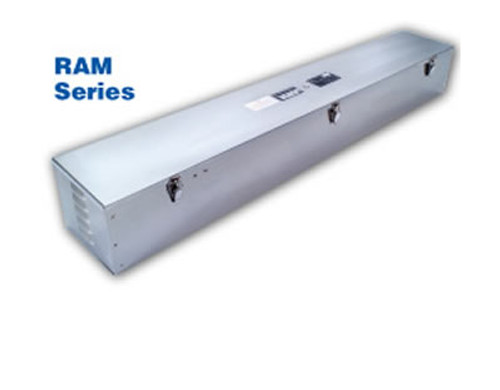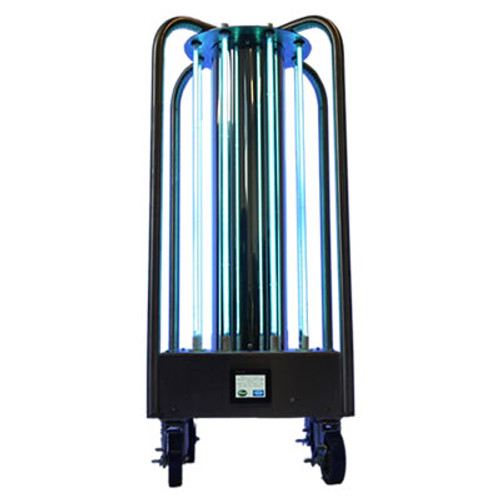TB Upper-Air Series Wall Mounted Air Treatment 100 SQ FT. $925.00 Each.
The TB wall mounted Upper-Air Series is available in three sizes (providing 100, 200 and 300 square feet of coverage), and operate from 110-277 VAC at 50 or 60 Hz, allowing installation flexibility to accommodate virtually any room or building layout. Multiple fixtures can be used to cover areas larger than 300 square feet. TB Upper-Air Series fixtures are designed for easy access lamp changes (simply unscrew two thumbscrews on the sides and drop the hinged louver down for easy lamp access). TB Upper-Air Series lamps are rated for two-year continuous operational life with approximately 20% drop in UVC output at end of lamp life.
Please specify 120V 230V or 277V when ordering.
Benefits:
Improves Indoor Air Quality (IAQ) by reducing bacteria, viruses and fungi, therefore minimizing the risk of cold, flu, allergies and other illnesses
- Two-year (17,000 hour) guarantee on lamps with only 20% decrease in output over the two years (9,000 hours on CM 15 lamps)
- Five-year, non-prorated warranty on the ballasts
- Continuously clean upper air in rooms, reducing airborne and/or bio-aerosol transmission of bacteria, viruses, and fungi
- Produce no ozone or other secondary contaminants.
BASICS OF UVC
For HVAC applications, just as with all other UVC sterilization applications, direct exposure to 254nm UVC radiation, given appropriate exposure time, will inactivate the DNA and RNA of microorganisms (such as bacteria, viruses, mold spores, yeast, and protozoa), rendering them "sterile" (unable to reproduce), which, in biological terms, results in a "dead" microorganism.
An acceptable kill rate is determined by the total amount of UVC energy a microorganism "sees." This is a "dosage." Dosage is a product of the intensity of UVC radiation (expressed in microwatts per square centimeter) and exposure time to that radiation. You can find the necessary dosage for most common mold spores in the following table. Mold spores are generally much more difficult to kill than microorganisms and viruses and, thus, require a much higher dosage of ultraviolet light. The values shown under the percentage kill are in microwatts per square centimeter of UVC energy.






